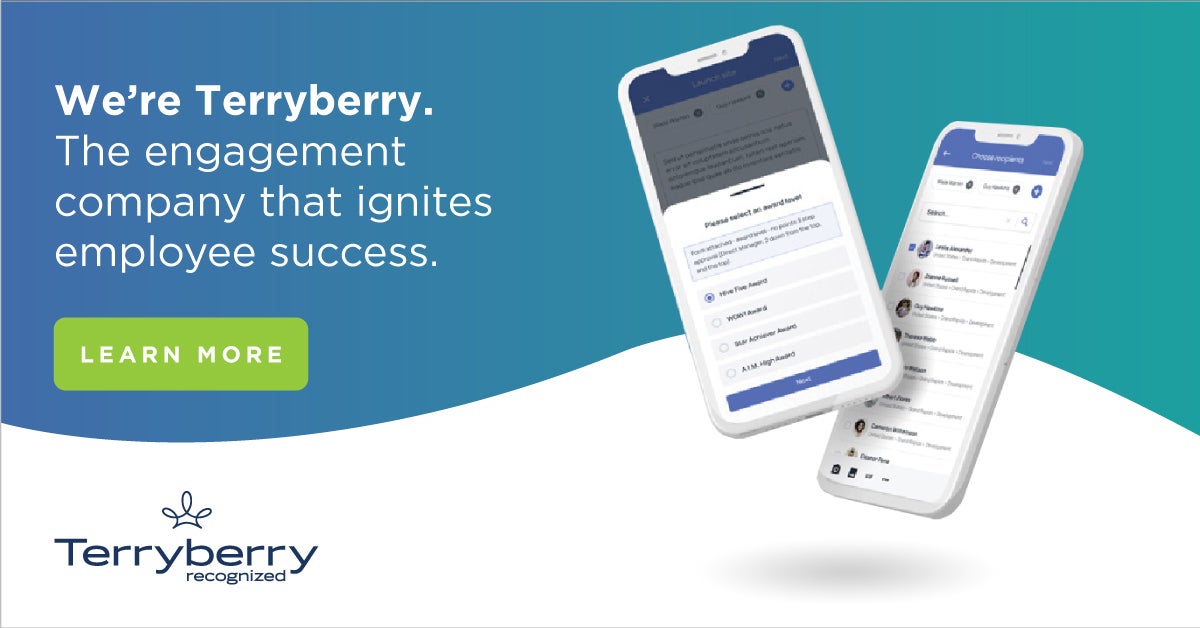December 6, 2022


Wellbeing activities in the workplace are becoming more common than ever before. As values have shifted, employees are now turning to their employers to prioritise mental and physical wellbeing.
It’s no real surprise either, considering what we’ve all been through. The pandemic was a traumatic experience that left many people with lingering mental and physical health concerns. In fact, the WHO reported a 25% worldwide increase in anxiety and depression in March of 2022. Not to mention the rise of burnout and disengagement.
So, if you’re looking for ways to attract, retain, and engage your employees today, having a wellbeing program is a must.
What are Wellbeing Activities?
A wellbeing activity is anything someone does to benefit their wellbeing. Wellbeing itself may be subjective to each person. But in general, people tend to want to be happier and healthier. So any activities that support these initiatives can be considered a wellbeing activity.
Keep in mind, these activities will need to go beyond just diet and exercise to make real impact. This means an office wellbeing program will need to be holistic to be effective.
Why are Corporate Wellbeing Programs Important?
As mentioned, we’ve all lived through a unique time. The pandemic led to some expected consequences, like being more aware of our health and washing our hands. But it also played a role in some unexpected consequences, like The Great Resignation and the quiet quitting movement.
The latter is evidence of a priority shift. People today are less willing to work for companies that don’t align with their values. Oftentimes those values involve work/life balance, a healthy office culture, and being recognised for their work.
A holistic wellbeing program can help answer those needs when done correctly. Effective programs focus on employees’ physical, mental, financial, career, and social wellbeing. This should help foster happier, healthier employees who are more likely to be engaged in all areas of their life.
Wellbeing programs can then be both beneficial to the employee and the employer. The employee’s values are being met, respected, and encouraged. And the employer experiences better retention, higher engagement, and improved morale – possibly even lower health care costs, as well.
Creating A Comprehensive Wellbeing Program
A comprehensive wellbeing program should encompass physical, mental, social, financial, and career wellbeing. It should also be inclusive, measurable, motivating, and rewarding to the participants.
-
Inclusive
Successful wellbeing programs engage a wide audience. This means your program must be accessible to everyone in your company no matter how they move, where they are, what equipment they have access to, or what level their starting point is.
Think in terms of the lowest common denominator; people who run marathons, play sports, or do CrossFit 6 days a week are going to engage in their physical fitness regardless of a corporate wellbeing program. Instead, focus on engaging the people who wouldn’t otherwise begin their fitness journey.
Perhaps they’re intimidated by the gym, don’t know where to start, or have limited access. Thinking through an inclusive lens allows you to drive engagement through your entire population.
-
Measurable
If you don’t know where you started, how will you know if you’ve made an impact? Oftentimes, data and reporting are critical to prove ROI to leadership and continue to secure budget for wellbeing programs in the future.
-
Motivating
It’s important that your program motivates your team without overwhelming them. To do this, start short and simple. Think: a monthly theme with week-long challenges. Also consider encouraging people to join teams. This will help with accountability while also increasing morale.
We know that what motivates one person doesn’t work for everyone. This is where gamification can help engage a wide audience. Approaching motivation from a few angles will improve long-term engagement.
-
Rewarding
These programs should be rewarding to those who participate. Recognise noteworthy employees either on a recognition platform, or in person (or both).
Encourage team members to recognise each other for achieving personal goals or staying consistent in their efforts. And don’t forget to announce challenge winners to the company.
People want to be recognised for their hard work, whether it’s a work project or a wellbeing win.
Corporate Wellbeing Activity Ideas
Consider breaking up your activities into wellbeing buckets. Since there tends to be five generally appealing areas of wellbeing, breaking activities up into groups will help ensure you’re touching on all areas equally. Keep in mind though, some wellbeing activities will overlap, like bringing lunch to work could improve both physical and financial wellbeing.
Physical Wellbeing Ideas
- Get 8 hours of sleep/go to bed early
- Read for 20 minutes before bed
- Do a 10-minute morning stretch
- Cut out coffee after 3pm
- Pack a homemade lunch for a week
- Aim for 5 servings of fruits or vegetables a day
- Try a new healthy recipe
- Go meatless for one day
- Increase your movement (i.e., increase steps by 1,000 or add 5 minutes to a workout routine each week)
- Eat less added sugar a day
Mental Wellbeing Ideas
- Start learning a language
- Organise/clean an area of your house
- Go outside for 20 minutes a day
- Meditate for 10 minutes
- Attend a yoga class
- Do something for yourself for at least 10 minutes everyday
- Try a breathing exercise, like box breathing, to reduce stress
- Start a journal/gratitude journal
- Offer free counseling through the company’s EAP
- Reduce screen time/set app timers on your phone


Financial Wellbeing Ideas
- Limit eating at restaurants to once per week
- Create a monthly home budget
- Offer a free session with a finance coach
- Bring in financial speakers to present at the company
- Offer/encourage meetings with the benefits coordinator to ensure employees are getting the most out of their benefits
- Set a financial goal and outline concrete steps to achieve it
- Set up an autosave program through either a bank or an app
- Establish a “rainy day” fund and start putting money aside
- Set up banking alerts for checking account usage/withdrawals
- Take a finance class online
Career Wellbeing Ideas
- Thank a coworker for something they’ve done
- Take an online class to learn a skill that will help employees develop their skill sets
- Shadow a coworker in another department
- Say hello to someone you haven’t met yet or don’t typically work with
- Start meetings with a two word check in
- Offer small plants for people to keep at their desk or workstation
- Once an hour, take a 5-minute stretch, walk, or breathing break
- Start a mentorship program
- Take pulse surveys to ensure you're meeting the needs of your employees
- Try utilising a time management app or computer program
Social Wellbeing Ideas
- Talk on the phone or video chat with a friend or family member
- Spend time with a friend in person
- Get involved in a group or club
- Volunteer at a school, church, or hospital
- Have family game night (and invite other families sometimes too!)
- Take a class - like yoga, cooking, or pottery
- Start an office group - like a trivia group or a book club
- Learn about and practice active listening
- Organise office lunches either on-site or virtually
- Start a social recognition program
RELATED: Social Recognition Software: What is it and Why do You Need it?
Getting Started
Interested in learning more about how your company can benefit from a recognition and wellbeing program? Schedule a demo of Terryberry's new 360 Recognition platform today.
